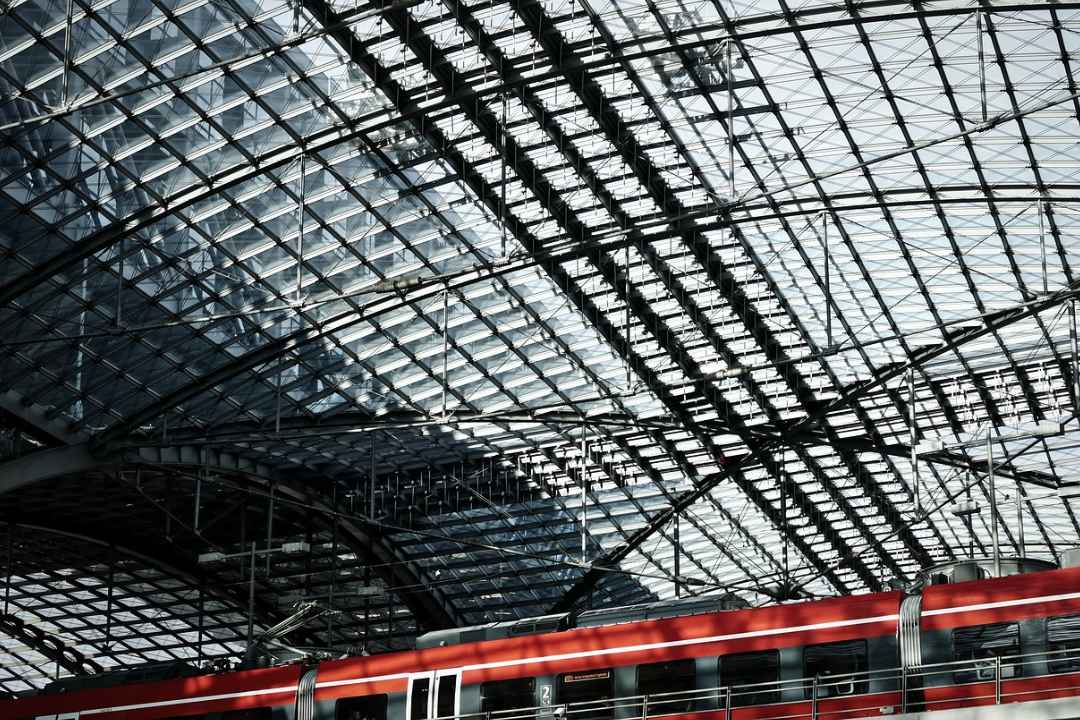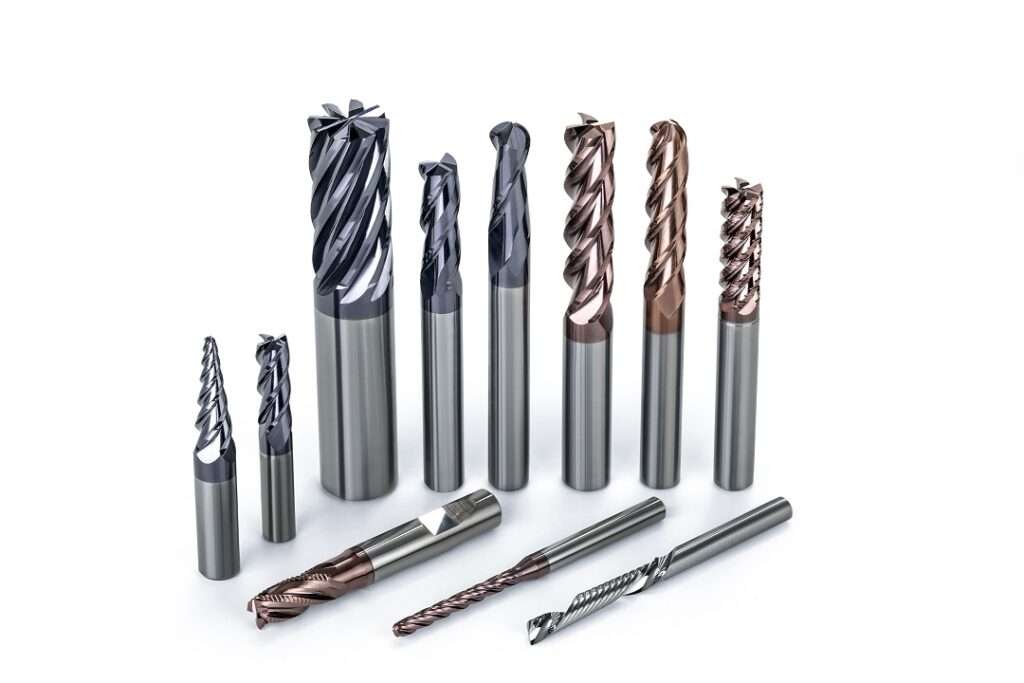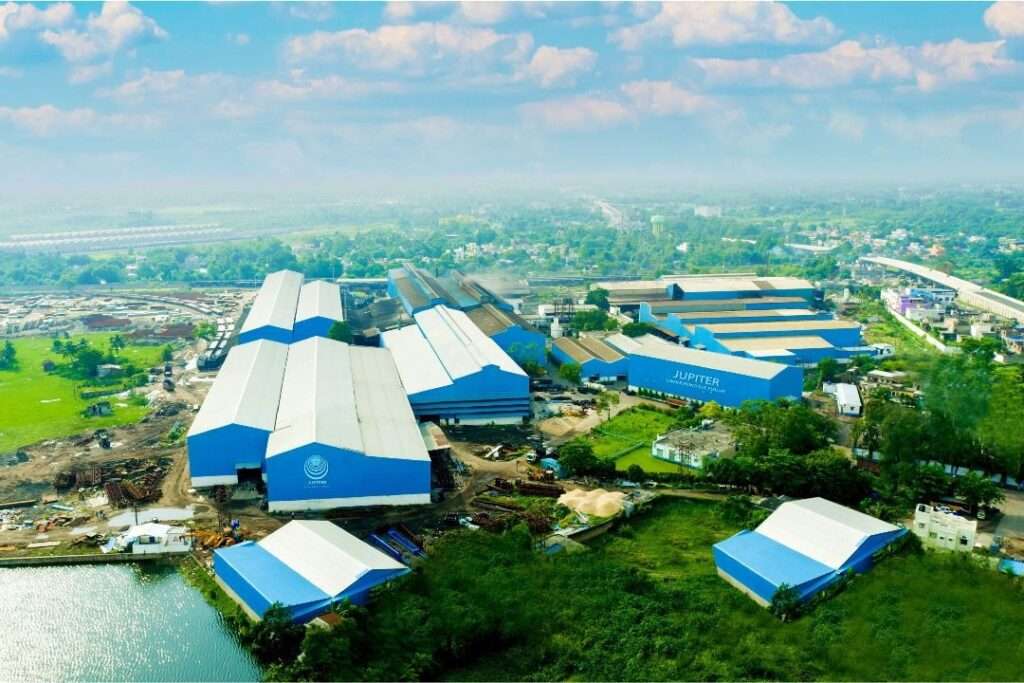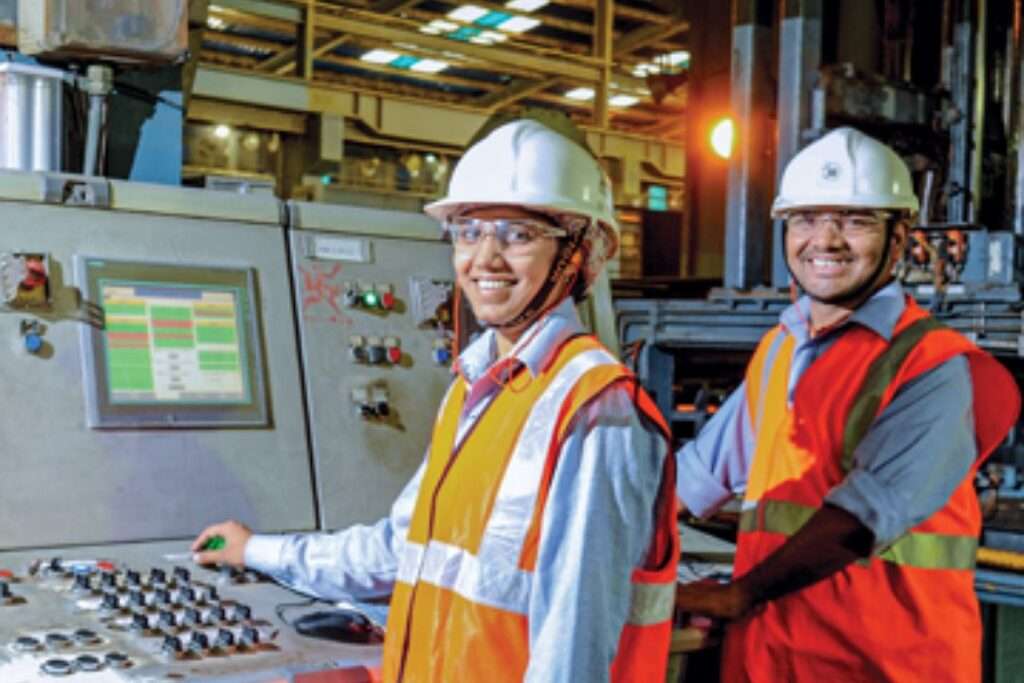In contemporary architecture, engineered aluminium has emerged as a cornerstone of innovative design and structural ingenuity. This versatile material, celebrated for its remarkable strength-to-weight ratio and sleek aesthetic, is transforming skylines and redefining the boundaries of architectural possibility. From towering skyscrapers to intricate façade designs, aluminium’s adaptability and resilience make it a preferred choice for architects seeking to marry functionality with cutting-edge style. Its ability to be precisely engineered allows for unprecedented creative freedom, enabling the construction of bold, futuristic structures that captivate and inspire.
Engineered aluminium‘s impact extends beyond its visual appeal; it is crucial in advancing sustainable building practices. Its high recyclability and energy-efficient properties reduce modern constructions’ carbon footprint, aligning with global efforts towards eco-friendly development. Moreover, aluminium’s durability and low maintenance requirements ensure the longevity and cost-effectiveness of buildings, making it an economically viable solution in the long run. As we explore the marvels of engineered aluminium in contemporary design, we uncover a material that not only shapes our architectural landscapes but also paves the way for a more sustainable and innovative future.
Advantages of Engineered Aluminium in Architectural Applications
Aluminium stands out for its remarkable design versatility. Thanks to its malleability, architects can craft various customised shapes and sizes. Its lightweight yet powerful combination makes it an excellent choice for constructing high-rise buildings. One of aluminium’s key benefits is its remarkable strength relative to weight. This makes it ideal for structures that must support heavy loads without the burden of additional weight, making it a go-to material for tall buildings, bridges, and other large-scale constructions.
Furthermore, aluminium is one of the most sustainable materials in the architectural industry. It is 100% recyclable and can be reused indefinitely without losing quality, a rare characteristic among other materials. Its durability also ensures that buildings made with aluminium have longer lifespans and require less maintenance, thereby reducing the environmental impact over time.
Lastly, aluminium’s high fire resistance is a significant yet often overlooked benefit. As a non-combustible material, it does not burn or decompose when exposed to fire, making it a safe and robust option for buildings that must comply with stringent fire safety regulations.
Innovative Applications of Aluminium in Contemporary Architecture
Aluminium Facades
Aluminium is an adaptable material with numerous applications in contemporary architecture, particularly in building façades. These external surfaces are essential in shaping a building’s overall visual appeal. Engineered aluminium is frequently chosen for cladding façades because of its strength, lightweight, and versatility.
For panel cladding, aluminium provides a sleek, modern look and comes in various finishes such as brushed, anodised, and powder-coated, giving architects extensive design flexibility. Additionally, engineered aluminium is perfect for creating louvre systems on façades. Louvres help regulate the amount of light and heat entering a building, and aluminium’s lightweight and durable nature makes it an ideal material.
Aluminium Doors and Windows
Aluminium is a favoured material for doors and window frames in contemporary architecture due to its robustness, strength, and lightweight. It is also highly resistant to corrosion and weathering, making it an ideal choice for enduring harsh environmental conditions.
Engineered aluminium is an excellent option for frame construction. It is lightweight, easy to install, and provides outstanding strength and durability. Regarding energy efficiency, aluminium can create highly efficient doors and windows. Combined with double-glazed or triple-glazed glass and thermally broken aluminium frames, it significantly reduces energy transfer, leading to lower energy costs and a decreased carbon footprint.
Aluminium Roofs
Engineered aluminium is preferred for modern roofing due to its lightweight, durability, and adaptability. It is also resistant to corrosion and weathering, making it ideal for harsh environmental conditions. For standing seam roofing, aluminium offers excellent water resistance and, with its interlocking raised seams, accommodates thermal expansion and contraction.
In shingle roofing, engineered aluminium replicates the look of traditional shingles while providing the benefits of metal, such as low maintenance and durability. Additionally, aluminium roofs can seamlessly integrate solar panels, offering a sustainable energy source and reducing long-term energy costs.
Aluminium Structural Applications
Aluminium is a favoured material in modern architecture for its strength, durability, and lightweight. Its ability to resist corrosion and weathering makes it ideal for challenging environmental conditions. Aluminium is widely utilised for beams and columns in structural applications due to its superior strength relative to weight. This property allows for extended spans with fewer supports, enhancing design flexibility and offering cost efficiencies.
Aluminium is also a top choice for railings and stairs. It’s lightweight and high durability make it suitable for areas with heavy foot traffic and frequent use. Furthermore, aluminium is ideal for awnings and canopies, providing adequate shade and protection from the elements. Its robust yet lightweight nature ensures it can be easily supported by building structures while enduring harsh weather conditions.
Aluminium in Interior Design
Engineered aluminium is a sought-after material in contemporary interior design for its adaptability, stylish look, and long-lasting properties. Aluminium is often used for wall panels, which can be tailored to match the building’s aesthetic while serving decorative and practical purposes.
In furniture design, aluminium offers a durable and lightweight option compared to traditional materials. It can be customised to complement the space’s overall design, making it suitable for a range of furnishings, from chairs to tables.
The evolution of aluminium alloys is transforming the construction industry, delivering lighter, stronger, and more versatile materials than ever before. With cutting-edge fabrication techniques like 3D printing and automated manufacturing, architects and builders can now create bespoke aluminium components that push the boundaries of design. These advancements not only enhance the aesthetic and functional possibilities of modern architecture but also firmly position engineered aluminium as a key player in shaping the future of construction. As these innovations evolve, they are poised to push the boundaries of architectural design and elevate structural strength.
This article has been contributed by our guest writer, and the views and opinions expressed in it are solely those of the author and do not necessarily reflect the stance of Machine Maker. The copyright of this article, including its content and accompanying images, remains with the author. We are pleased to provide a platform for experts to share their insights and experiences, fostering dialogue and understanding within the manufacturing community.








